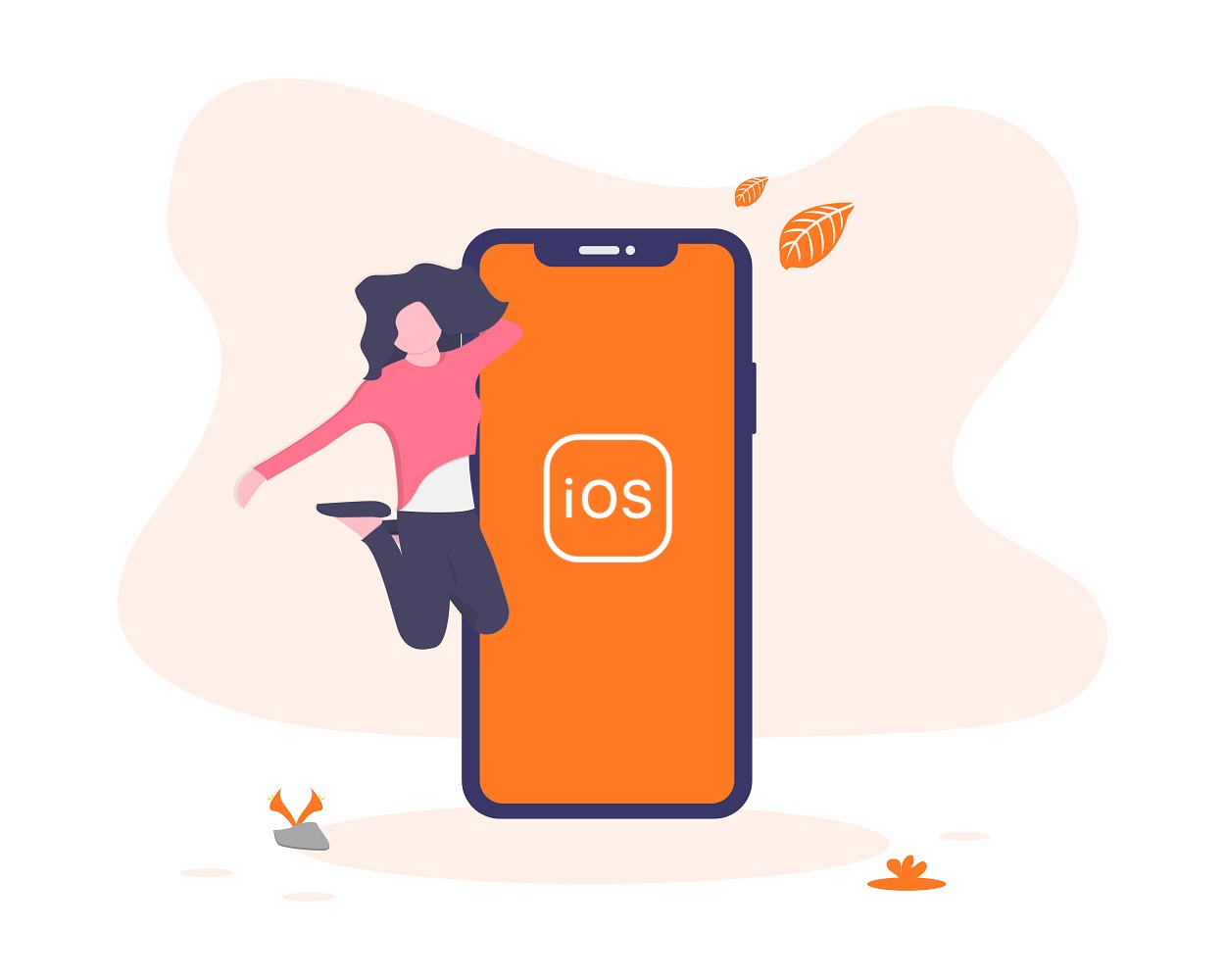User Experience (UX) is a practice that is increasingly positioning itself in the digital world. Offering the user simple ways to reach their goal is a job that we must address as business owners, seeking to generate a more fluid and personalized interaction.
UX Design is a practice that takes into account an infinite number of factors that allow the user to have a pleasant and subjective experience when interacting with a digital product.
Both websites and mobile apps should take into account this practice, which allows them to improve many of the indexes that make a product something good and profitable.
In this blog post, we will address both the factors that influence UX Design, as well as examples and actionable tips that allow us to optimize our products.
UX Design Fundamentals
User Experience is a term that is growing a lot in recent times and will continue to do so. In short, its meaning lies in the experience a user has when interacting with a digital product such as a website or app.
It is clear that as users we do not want to use products that complicate navigation (or experience), but we want the things we look for in that place to appear to us in a simple and enjoyable way.
For example, Google Maps is an app that allows us to find what we want in a simple way. If we want to go to a restaurant in an area we do not know we can enter in the search engine the phrase “restaurants near me” and the app will offer us a list with the proximity to these restaurants, as well as evaluations of other users and even the products and prices that this place offers. Without a doubt an effective experience for the user.
Interaction between user, content, and context
Understanding this interaction is one of the foundations of UX Design according to Peter Morville. It means that there is a flow of behaviors between these three parts. The user interacts with content that brings value, but in turn, the context in which this interaction takes place must be favorable.
That’s why talking about UX Design is more than just a concept, but it’s definitely exciting. You can read more about this interaction on the web of Semantic Studios.
The behavior of the human being
Understanding how users behave while interacting with a product is of great importance. As we always say, it is important to know what motivates the user, what is the profile of the people who use our product, etc.
Users are human beings, as we are, which is why we must guide our efforts by thinking about those flesh and blood people who need and use our app. Many times in the digital world users are treated as a simple number, but starting to understand them as human beings have great benefits for the growth of our business.
And clearly, it is not easy to understand human beings, we have our complexity and we are all different, but there are some techniques we can use to achieve this:
User Persona
A User Persona consists of generating a general user profile that interacts with our application. What are their motivations, what age are they, what works they do, how they shop. We are working on a guide about this topic so you can learn more about the subject, but if you want to know more about mobile apps visit our blog.
Customer Journey Map
A Customer Journey Map is based on the customer’s journey from first interacting with our brand to purchasing a product or using a service. It is important to know at what stages of the process we are having trouble optimizing it and offering the user a better journey.
Asking for Feedback
It’s always good to ask your customers about what they think they can improve, the UX is no exception. We can ask the user if he feels the navigation is enjoyable, or if he thinks there are some pages that are hard to find. We can even ask you what your tour is like on it.
Usability
The user must be able to use the application in a way that is effective. As we already said, it is about that in that usability the user can find what we want to offer you in a quick and simple way.
It is often understood that good usability goes against an aesthetic design. But the reality is that it is in the hands of a good designer to be able to integrate these two concepts so that the experience is more and more pleasant.
What is Mobile UX Design?
Mobile UX Design is the UX process applied to mobile devices such as cell phones and tablets. There is a big difference with the UX web because they change the screen arrangements, sizes, and the way users interact.
UI (User Interface) is not the same as the UX, it is often confused or thought to be the same.
The reality is that UI is a part of UX design, in which the graphical interface of the product to be optimized is designed, while the UX is a much broader process that has to do with the understanding of the user’s behavior with the product.
Why is Mobile UX Design Important?
Users increasingly use cell phones to perform everyday tasks, which is why if you have a page or app you must take into account the design of the user experience to be able to offer the best.
We all once downloaded an app that was impossible to use, where the things we squeezed weren’t there or the loading times were really high. I’m sure the next step is to always uninstall the app.
And I’m also sure that if you have an app you don’t want anyone to uninstall it.
That is why it is of great importance to take the work of analyzing and optimizing the experience that we offer the user so that he interacts more and more with us and we can give him what he needs every time he enters our app.
3 Tips for Mobile UX Design
Research
Investigate, ask, improve. All the time.
We have already talked about the importance of knowing the user, after all, he has the last word. It is important that within our scheme of work with UX we have a space reserved to investigate those things that the user prefers, that he does not like and that would change.
There is little talk of the importance of research, but the reality is that for any digital business it is the first step.
Here is an Adobe guide to understanding how to correct UX Research is done.
Accessibility
Mobile Accessibility refers to making websites and applications more accessible to people with disabilities when they are using mobile phones and other devices.
Many people do not consider these factors, but the reality is that without good accessibility the user experience is limited.
Not only does it have to do with people with disabilities, but we can also see the example of a left-handed vs. right-handed person.
If all the main buttons are on the right side of the screen, it becomes difficult for left-handed people to reach them. So that experience becomes different.
Readability
Being able to correctly read the different sections of text that our product has is an important factor. If you use an app that has all its texts in bold and the same color and size, you probably don’t understand much.
It is necessary to know what words we should highlight and how in order not to confuse and bore the user.
This is why we recommend hiring a professional who takes care of those details, as many times we do not realize but we may be harming the user and therefore our own product.
Remember, Mobile UX Design is all about keeping things simple for users.
Hope you enjoyed our post! And if you want to know how to convert a website into a mobile app visit us and we’ll get into it!






